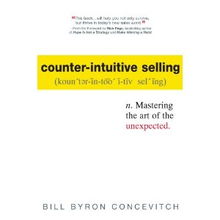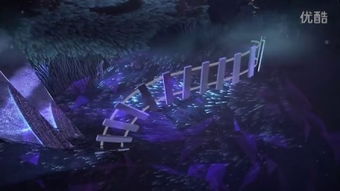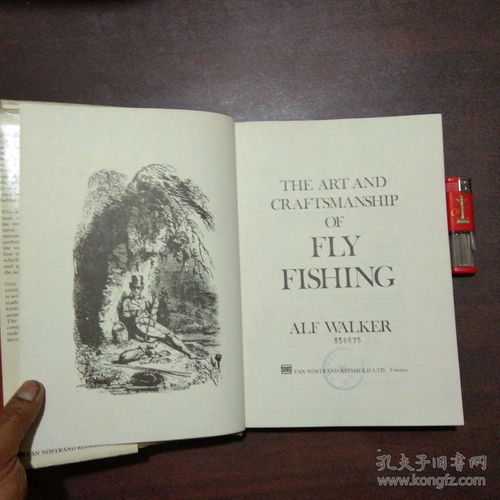
Content:
Introduction: Fishing, an age-old pastime, has always been a source of relaxation and enjoyment for many. Whether you're a seasoned angler or a beginner looking to get started, mastering the art of fishing can elevate your experience. One often overlooked aspect of fishing is the use of homemade fishing bottles. In this article, we will delve into the world of DIY bottle fishing techniques, providing you with valuable insights on how to make your own fishing bottles and the best practices to employ while using them.
Section 1: The Basics of Fishing with Bottles Fishing with bottles is a unique and budget-friendly method that has gained popularity among anglers. It involves using a bottle as a float or weight to catch fish. Here's a brief overview of how it works:
- Fill a clean plastic bottle with water or sand, depending on the type of fishing you're doing.
- Attach a fishing line to the bottle, ensuring it's securely fastened.
- Cast the bottle into the water, and let it float along with the current.
- As the bottle moves, it attracts fish, which are then caught when they bite onto the bait attached to the fishing line.
Section 2: How to Make a Fishing Bottle Creating your own fishing bottle is a simple and cost-effective process. Here's a step-by-step guide to making a DIY fishing bottle:
- Choose a clean plastic bottle: A 2-liter soda bottle is a popular choice due to its size and durability.
- Remove the label: Gently peel off the label from the bottle using a knife or your fingers.
- Prepare the bottle: If necessary, cut off the top of the bottle to make it easier to fill and attach the fishing line.
- Fill the bottle: Fill the bottle with water or sand, depending on the type of fishing you're doing. For lighter fishing, use water; for heavier fishing, use sand.
- Attach the fishing line: Use a strong knot, such as a Palomar knot, to attach the fishing line to the bottle. Ensure the knot is tight and secure.
- Trim the excess: Cut off any excess fishing line that extends beyond the bottle.
Section 3: Tips for Using DIY Fishing Bottles Once you've made your fishing bottle, it's time to hit the water. Here are some tips to help you get the most out of your DIY fishing bottle:
- Choose the right location: Look for areas with a strong current, as this will help your bottle float and attract fish.
- Adjust the weight: If you're having trouble catching fish, try adding more water or sand to the bottle to increase its weight.
- Use live bait: Attach live bait to the end of the fishing line to increase your chances of catching fish.
- Be patient: Fishing with bottles can be a slow process, so be patient and wait for the fish to bite.
- Practice safety: Always wear appropriate safety gear, such as a life jacket, when fishing in open water.
Conclusion: Fishing with homemade bottles is a fun and rewarding way to enjoy the outdoors. By following the steps outlined in this article, you can create your own fishing bottles and improve your chances of catching fish. Remember to practice safety and patience, and soon you'll be reeling in the big ones using your DIY fishing bottle techniques. Happy fishing!












